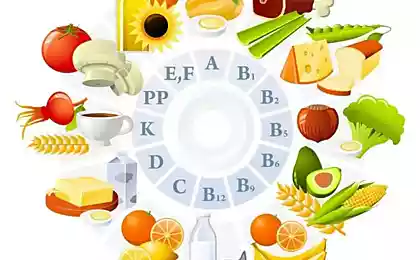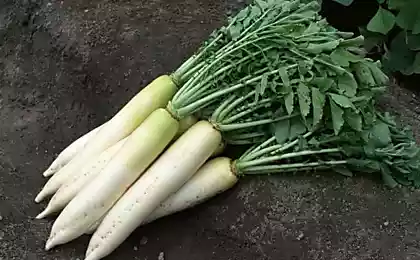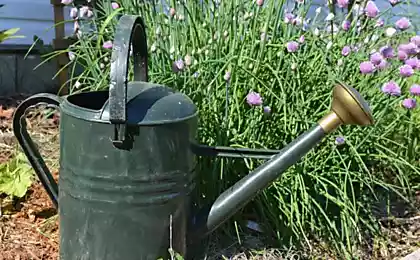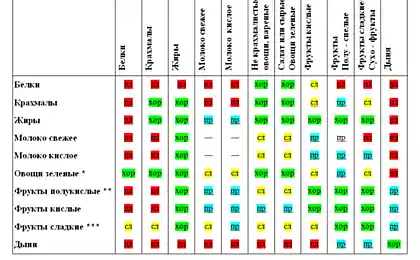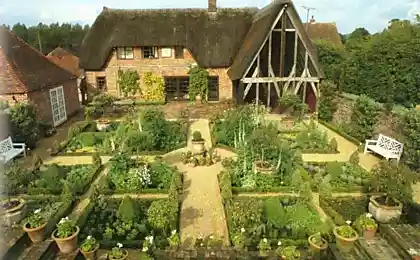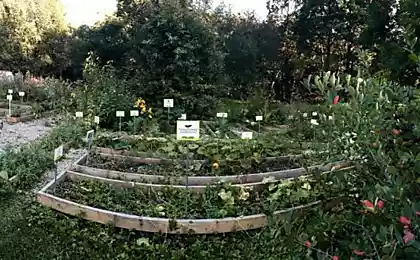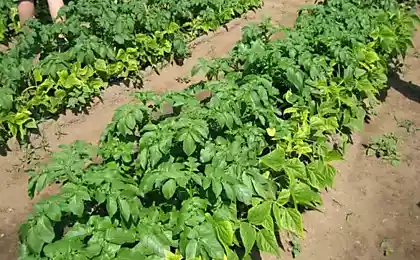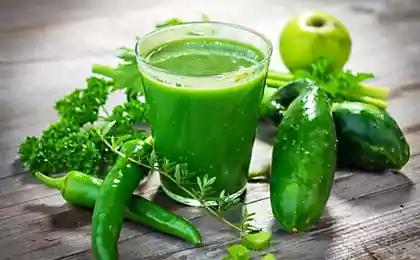477
They are good with each other, or about the compatibility of vegetable crops

Garden with many different vegetables — a joy to the eye and good for the stomach. And it always feel comfortable in this motley mix for the plants themselves? In terms of habitat in one area green Pets is very similar to humans — most of the neighbors get along well or at least not interfere with each other.
Cabbage and carrots grow well next to peas, which enriches the soil with nitrogen.
A beautiful and practical solution for the garden is to alternate the plants in size. So, about fennel vegetable with pot-bellied stebleplody growing salad, followed by pour juices kohlrabi, and completes Stroy petiolar celery.

However, the basis of such peaceful coexistence are certain rules which must be adhered to: the plot in a decent house! So, members of the same family cannot be grown on the same place for many years: this may lead to an outbreak of specific diseases. In addition, you should consider how "hungry" plants and rotate the crops that consume a lot of nutrients (such as beets, carrots, potatoes), with those queries which are more modest (leafy vegetable, cereals, herbs), or the depletion of the soil can not be avoided.
Many vegetable plants contribute to the mutual "prosperity" and "withdrawn" from its neighbors pests and disease. Thus, ideal partners are considered herbs and fruit vegetable. For example, Basil protects the cucumbers from the attack of powdery mildew, coriander repels the white-cabbage from the cabbage, marigolds deter the spread of root root-knot nematodes, white mustard completely discourages appetite pea moth. Partnership leek and parsley one-sided bargain — the last deters onion fly.

Petiolar celery and chervil contribute to the growth and development of seedlings and kohlrabi headed cabbage.
Incidentally, these patterns are identified not only by scientists but by ordinary gardeners-enthusiasts in the process of diligent experiments on cultivation of different plants in the same bed.
So, experimenting, adept mixed planting of Gertrud Frank has developed an innovative method, combining the basics of growing plants in mixed culture and in rotation. Want to follow her example and create the perfect garden in which the soul in each other is not chayut "bitty Pets"? Make a plot of the grooves at a distance of 50 cm from each other and sow in them the spinach. The next stage in rows between furrows in due time the sow or plant vegetable plants (carrots, peas, cabbage). Be sure to alternate them in the garden. And don't forget to see how close is the relationship of subsequent culture from predecessors. When the main vegetables need whole territory of the garden, cut the aerial part of spinach (leaving a few copies on the seeds) and greens over mulch the beds. The spinach in this case is used as a green manure, enriching the soil with organic matter (by the way, nothing prevents you to use its leaves as food). Similarly, you can use phacelia (sown as soon as thawed soil), or Lupin beans (also provide the soil with nitrogen). Next year slide landing into a number of forward then the plants are"gluttons" will be replaced by less insatiable, the soil will not be depleted and all the flora will receive everything necessary for full development.

It is not right for him...
Fortunately, episodes of fatal mutual "dislike" of vegetable plants and herbs are rare. But "enemies" need to know in person! So, absolutely can not coexist Basil and marjoram (especially suffering from a "relationship" with an incompatible partner last). Potatoes and tomatoes are equally susceptible to late blight, therefore, to reduce the risk of defeat this scourge, they must be planted away from each other. A mutual dislike of tomatoes and cucumbers is expressed in poor flowering. To grow peas next to onions — is also a bad idea. And from celery is to move further away salad and sweet corn.published
Source: www.7dach.ru
